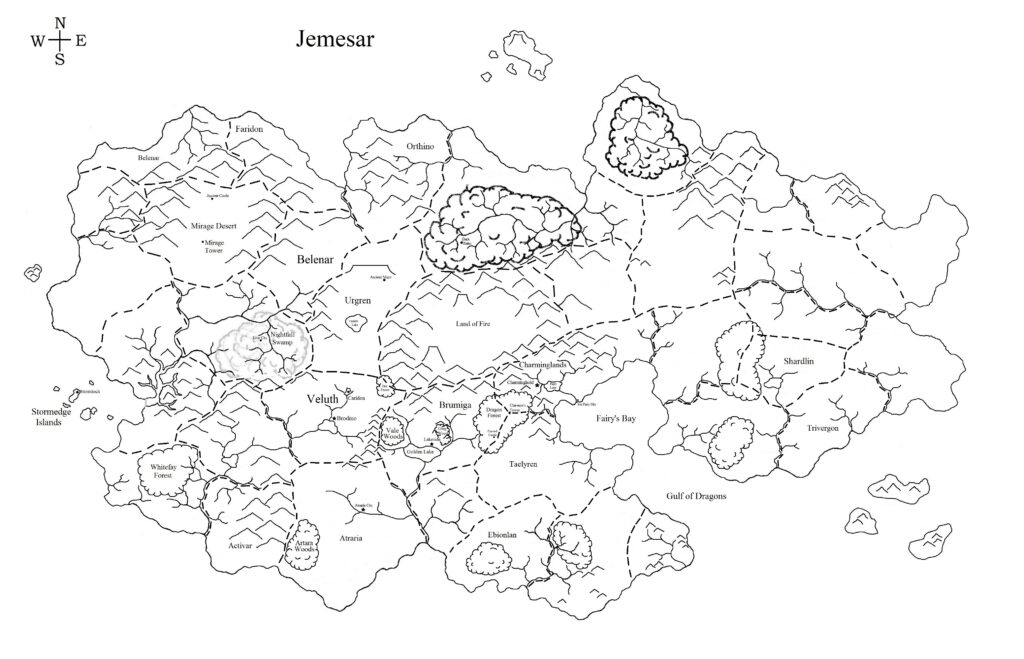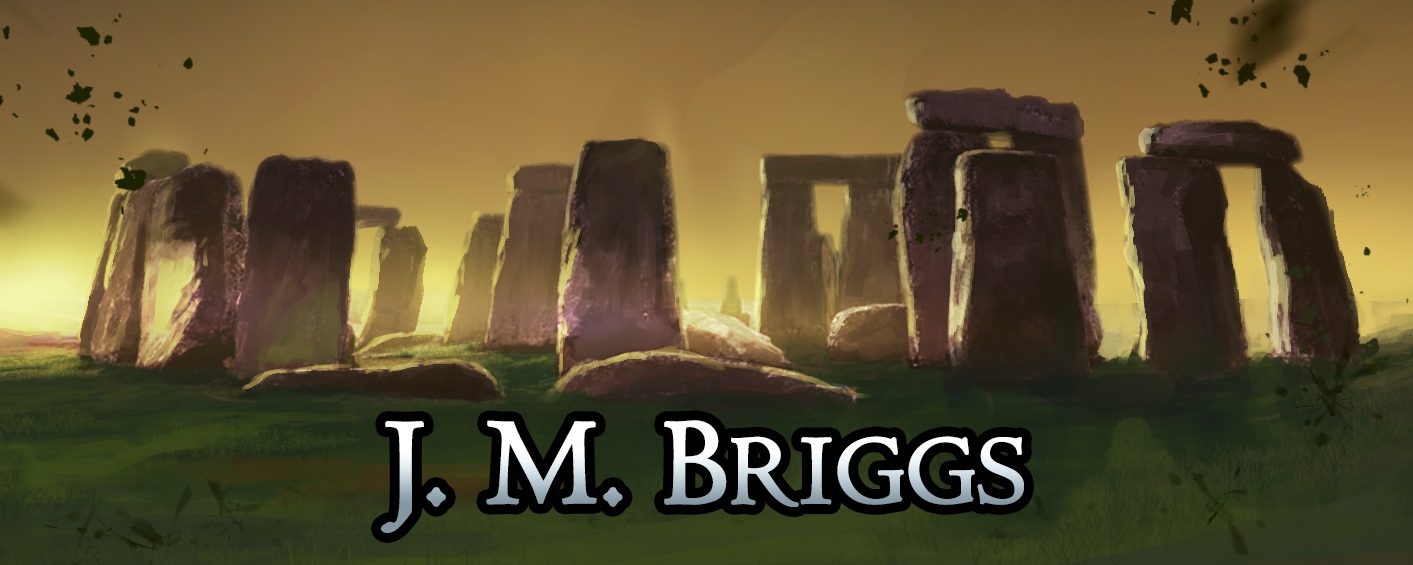Does your fantasy world need a map? Depending on the world you’re building and its scale, the answer could easily be yes or no. There is a certain thrill when you’re a reader, and you first see a map of a strange and new world. It can build excitement for a story as you read the names scattered across the map and wonder how they might play into the story you’re about to read. And honestly, a map can help a reader avoid getting lost.
My current project is a series of books set in a fairy tale world that sees the main characters travel across an entire continent, discovering old ruins, solving mysteries, and rescuing people in need. A map was necessary to keep the reader from getting lost and help me as the writer determine where the characters will go and how the different places will function. The map is still unfinished as I have been expanding it as I write and brainstorm future books and places that I may take the characters and readers. I thought it might be interesting to share what I have so far and update it in posts as it changes. This is a process, and I wouldn’t be surprised if details change going into the future. As the series continues, the world-building will expand and shift to incorporate new ideas.

When creating the base map, I tried to stay aware of geological constants since I wasn’t interested in establishing entirely different natural laws. Looking at the map, I tried to create a rough and interesting coastline with deltas, bays, and even craggy areas. Rivers both carve the land and expand it by depositing sediment, so older and larger rivers have made more harsh and distinct marks on the coastlines.
Water flows down, and rivers will run through the lowest points in an area. Thus, if I wanted a river in a specific area, I needed to add mountains to direct water flow. There are a few plane areas, but in the current map, Jemesar is a very mountainous continent. Jemesar has one major desert area with mountains that creates a large rain shadow (A rain shadow is an area of significantly reduced rainfall behind a mountainous region), and I’ve decided on a couple of landmarks there already.
Another prominent feature that I decided on early is the Land of Fire. This is a geologically active area with a few volcanos but primarily inspired by Yellowstone National Park. While the main character hasn’t been there herself, she has met a tribe of people who live there, and they describe hot springs, mud pots, and geysers to her. I imagine the mountain range around the area to be in part the caldera of an ancient volcano, but we’ll see if I do more with that.
I also focused on the historical tendency of humans to build cities on waterways, so they had a source of water, an avenue for travel, and some natural protection. Most of the cities already added to the map are on the water, either the ocean, a lake, or a river. Not every town or village will follow this pattern based on its size. Wells and cisterns are technologies that exist in this world and thus allow variation in where people are though my goal is to keep in mind the water needs of the population size.
One thing that I might change is using rivers as national boundaries. While this is very rational and makes sense, looking at old maps will reveal that countries did not always decide on sensible borders. As the project grows, I also plan to add more names, cities, and landmarks to the map. The current book I am writing takes place in Nightfall Swamp, a marshy area north of Veluth that is somewhat of a no man’s land, and I only brainstormed the plot after putting Nightfall on the map. It was too interesting a place not to use in the end. But as the book goes on, new items will be added to the map to help me, and the audience keep track of where the characters are.
Currently, you can probably tell where the characters have been based on where the details on the map are. Places that have already featured have enjoyed the most fleshing out in my worldbuilding process, but I could never release the map as it is now with a book. So back to the drawing board for me, literally in this case.
